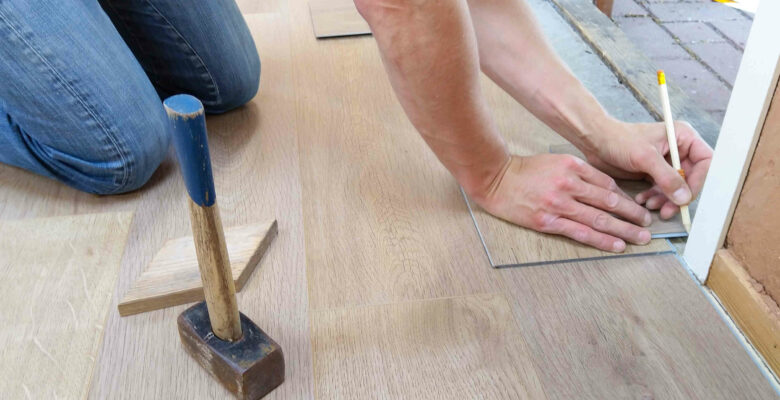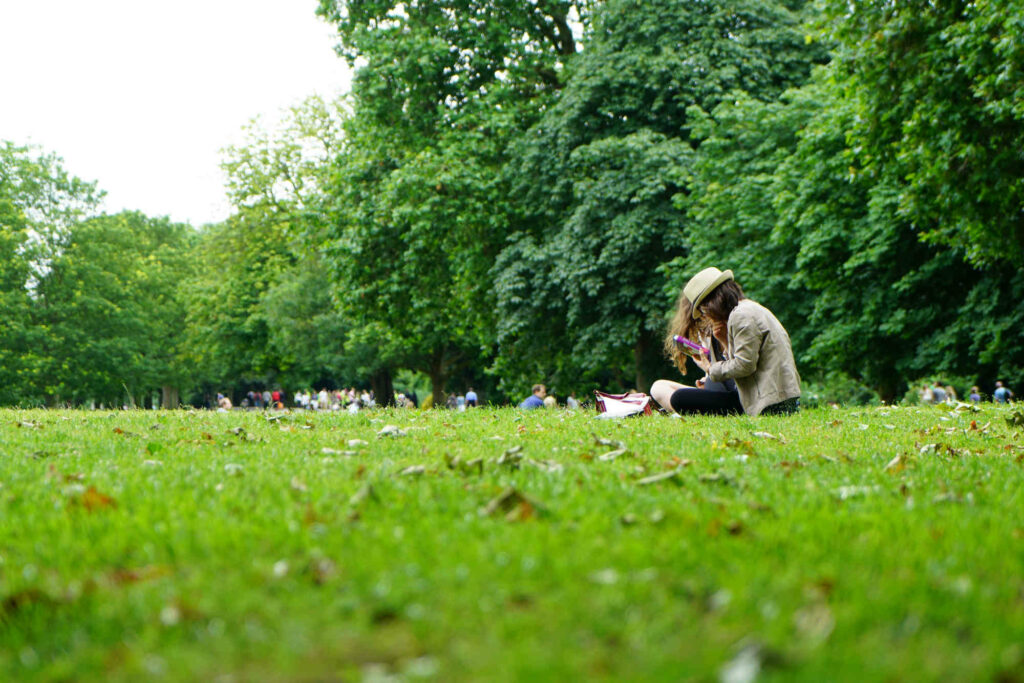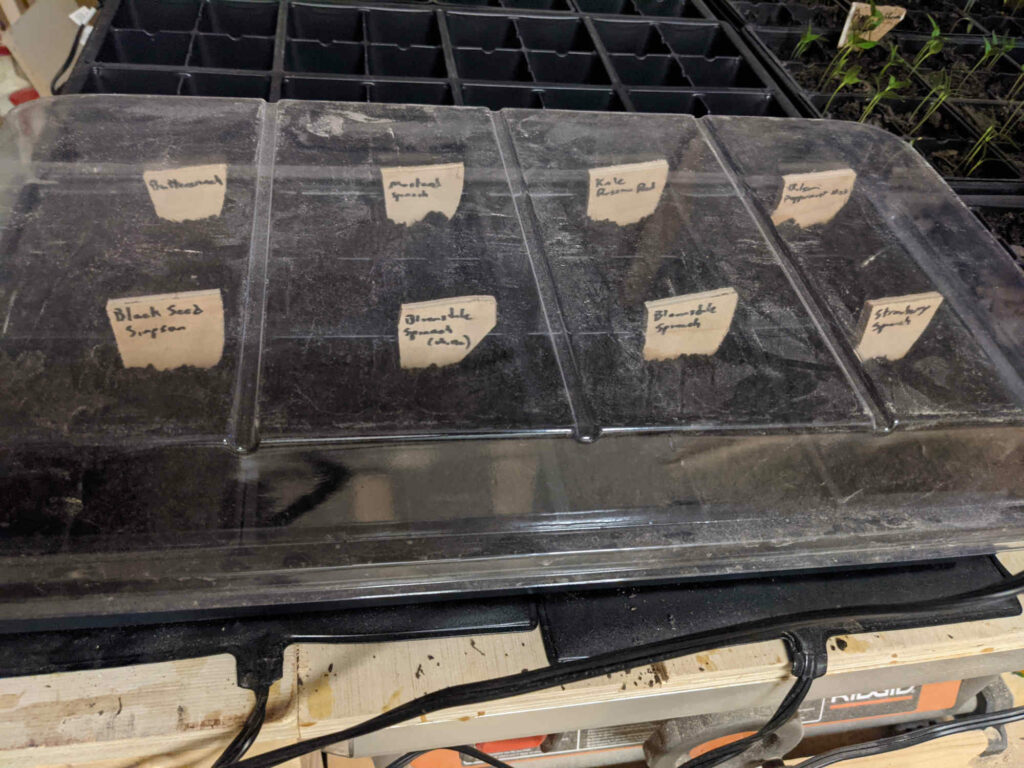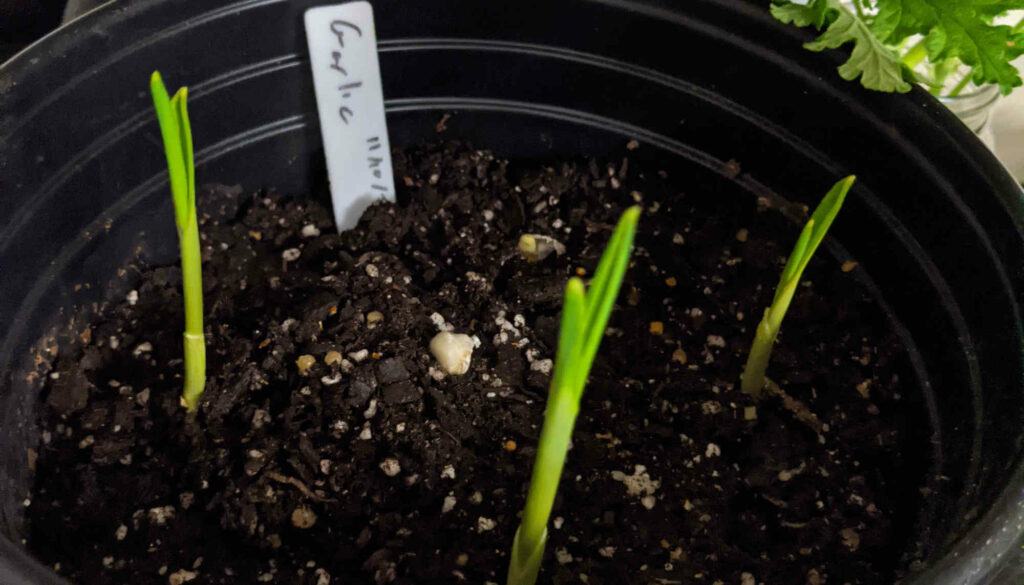Today we’re going to cover how to clean your floors. This article will cover all the major flooring types and how to clean them. This article will not cover repairs or major stains.
Cleaning your floors is part of proper household maintenance. You cannot expect your floors to last as long as they otherwise could if you don’t keep them clean.
Feel free to peruse this entire article or just jump to the section you’re looking for:
- Carpet
- Hardwood
- Laminate
- Vinyl
- Tile
- Concrete
- Baseboards
- Rugs
- In-Floor Vents
- Under Appliances
- Behind Toilets
- Recaulking
Let’s dive right into how to clean your floors!
Carpet
Carpet is one of the most popular flooring types in the United States. It’s nice that it adds warmth and dampens noise. Most bedrooms are carpeted and apartment complexes are almost always carpeted on the second floor and higher.
The major downside of carpet is how much dirt and grime it holds. To combat the dirt and grime, you need regular cleaning. How often depends on your situation. If you have kids or pets, you probably need to vacuum every other day or more!
| How | Frequency | |
| Regular Cleaning | Vacuuming | At least weekly |
| Major Cleaning | Rug Shampooing (Rug Doctor) | Yearly |
If you have pets, children, or messy spouses, you need to vacuum more frequently than weekly. Robot vacuums are a great tool for daily maintenance if you have them and are comfortable with that. Be forewarned that robot vacuums can terrify pets and also drag pet waste around your house. Therefore, even though they’re great for regularly cleaning up after your pet’s shedding, don’t use them if your pet has a history of leaving waste where they’re not supposed to.
Hardwood
I love hardwood floors, but they require constant maintenance to ensure their longevity. Grains of dirt, sand, and cat litter can wear down your floor’s finish and leave scratches. Therefore, you have to clean regularly. If you properly care for your floors, they’ll look amazing for decades!
| How | Frequency | |
| Regular Cleaning | Sweeping or Vacuuming | Every 1-2 Days |
| Major Cleaning | Scrubbing/Mopping and Floor Polish | Twice a Month |
| Refinish | Sanding and Polyurethane | 3-5 Years |
As always, if you have pets or kids, you might have to clean even more frequently. Using rugs in high traffic areas will help extend the life of your floors and make maintenance easier. You should also have a doormat to help prevent dirt and sand from entering your house in the first place. I also recommend a no shoe policy for houses with hardwood.
One beautiful thing about hardwood is the ability to refresh it without replacing your floor. If it is ever damaged beyond minor dings, you can sand the whole floor down, re-stain, and apply polyurethane all over again. You’ll probably need to do this every decade or so with normal wear and tear.
Hardwood is not waterproof. Even with the best finish on top, it’s still a porous surface. Therefore, you should not leave standing water or any standing liquids on it. If you mop, I recommend using a Swiffer-style mop instead of a mop and bucket to clean your floors.
Laminate
The beautiful thing about laminate is that it is mostly waterproof. It’s also fairly resilient to dirt, sand, and normal wear and tear. Laminate is also the cheapest flooring type besides just leaving a bare subfloor or concrete slab.
I’ve had the unfortunate experience of cleaning laminate flooring that had not been cleaned in at least a year of college guys living in it. It turns out the flooring was white. It was black/brown when I started.
Cleaning your laminate flooring is pretty easy. You need sweep/vacuum every day or two and mop every month. Never use wax, polish, or caustic solvents. The biggest thing you need to watch out for is deep gashes. No ice skating inside! Additionally, you need to make sure your dogs’ nails are trimmed regularly.
| How | Frequency | |
| Regular Cleaning | Sweeping/Vacuuming | Weekly |
| Deep Clean | Mopping | Monthly |
Vinyl
Vinyl flooring is a lot like laminate. However, it is a lot more resistant to gashes. Vinyl flooring is the ideal flooring for dog owners. It holds up to their nails and their messes are easy to clean up.
To clean vinyl flooring, you follow basically the same instructions as laminate flooring: sweep or vacuum weekly and mop monthly. Although they’re nearly waterproof, you still don’t want to leave messes or moisture for long periods of time. I find that moisture can get between the planks and slowly wear down the flooring.
| How | Frequency | |
| Regular Cleaning | Sweeping/Vacuuming | Weekly |
| Deep Clean | Mopping | Monthly |
You can still get deep gashes in vinyl and would need to be repaired. However, it is more resilient than laminate or hardwood. Small gashes will not be easily visible because the actual vinyl should be the same color throughout.
Tile
Cleaning tile is pretty easy. Tile has been used for millennia because it is water and stain resistance. If it is properly installed, it should be waterproof. That’s why it is commonly used in bathrooms and kitchens.
There are many different types of tiles. Some are more porous than others. However, for the most part, you can use stronger chemicals on them if need be. Because of their stain-resistant properties, you should not need to ever use extremely strong chemicals.
There’s a difference between cleaning the tiles and cleaning the grout. Grout can stain and is a lot harder to clean. For that reason, you want to make sure to regularly scrub to lift dirt and grime before they stain. If need be, you can clean grout separately with grout cleaner or baking soda based cleaning solvents.
| How | Frequency | |
| Regular Cleaning | Sweeping/Vacuuming | Twice a Week |
| Deep Clean | Mopping/Scrubbing | Weekly |
Fortunately, tile is a lot harder to scratch or leave gashes in. Unfortunately, if you do, you often need to replace that entire tile. With certain tiles, there are fillers you can use to repair damage. You can repair porcelain and ceramic tiles. However, marble tiles and other patterned tiles are a lot harder to repair.
When you deep clean, make sure you’re scrubbing the grout! I know I’ve said it before, but that’s the part you have to focus on so you don’t end up with discolored grout.
Concrete
Concrete is pretty easy to clean. It’s durable, so it’s hard to screw up. There’s a reason concrete is used widely in high traffic surfaces like warehouses. To clean, all you have to do is sweep and mop. If it’s outdoors, you can pressure wash or hose it down depending on how deep of a clean it needs.
Because concrete is porous, you should clean up spills as they occur. Additionally, concrete can grow bacteria and mold if not cleaned regularly with soap.
| How | Frequency | |
| Regular Cleaning | Sweeping/Vacuuming | Weekly |
| Deep Clean | Mopping | Monthly |
You will need to let the concrete dry fully before you put rugs and furniture back down on it. This will help keep it clean longer.
Concrete is incredibly strong and durable, so it’s pretty hard to scratch it. However, it can chip if you drop something hard and heavy on it. Fortunately, there are kits for patching your concrete, but it won’t look the same after that.
Baseboards
Don’t forget about your baseboards! Generally, your baseboards are made out of wood or MDF and are painted. To clean them, you just need to dust them monthly and clean any stains with a moist rag or magic eraser. With all painted surfaces, you need to be careful when using chemicals so you don’t accidentally remove the paint.
Rugs
If you have rugs, it’s important that you treat them like carpets when you clean your floors. I like to vacuum my rugs when I clean the floors. If I’m already vacuuming, it makes sense. However, you’ll need to deep clean them at least once every 12 months with a carpet shampooer. I have rugs that can go in the washing machine, so we wash them every 3-6 months.
In-Floor Vents
It’s easy to forget, but you should clean out any in-floor vents at least monthly. If you have young children, you might want to clean them out more often to find out what you’ve lost. To clean out in-floor vents, you just need to use your vacuum’s extension hose and suck out as far down as you can go. There’s usually a 90 degree angle only 1-2 feet below the floor.
If you deal with a lot of important things ending up in your vents, you should wrap your vents with a breathable fabric to prevent keys, coins, and toys from ending up in your vents. This can lower the efficiency of your HVAC. However, the more breathable the fabric, the better.
Under Appliances
Every month or so, you need to check under your appliances and clean them out with a broom, vacuum, and/or scrub under them. Primarily, you’re looking under your washer, dryer, fridge, and stove. Keep in mind that wet things and food can easily fall under these appliances. Those make for great homes for mold if not cleaned up regularly.
Behind Toilets
Hard to reach places are often neglected the most. Behind your toilet is the winner here. Unfortunately, it’s also one of the dirtiest places in your house. Besides what you’re thinking, toilets can also condensate and the moisture from them collects dust and dirt. Don’t forget to clean the grout when you’re there too. Typically, the grout is white until it starts to get dirty. Once it stains, it is hard to get it clean and white again.
Recaulking
When you clean your floors, you should take a look at your caulk. Anywhere you have plumbing, you have caulk. Kitchens and bathrooms are full of it. Caulk needs to be reapplied every 3-5 years, but it really depends on when it cracks or has gaps. Look around your house. There’s probably already places you need to recaulk.
Clean Your Floors
That’s the basics on how to clean your floors! It’s not rocket science. However, it depends largely on the type of flooring you have. Remember, if you have kids or pets, you’re likely going to need to clean more often. On the other hand, you probably don’t need to clean your floors that often if you live alone and never go outside.







Leave a Reply